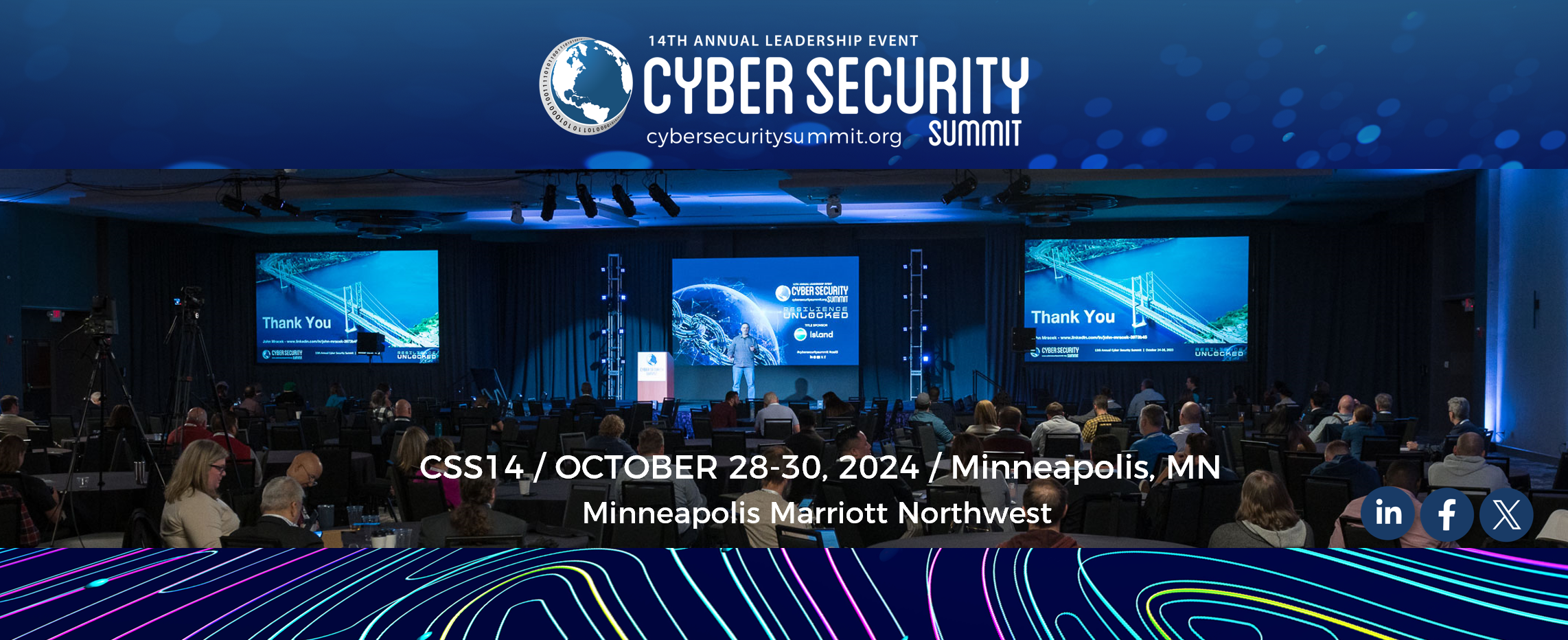By Harry Moseley, Global Chief Information Officer, Zoom Video Communications
original blog post: https://blog.zoom.us/work-is-something-people-do-it-is-not-a-place/
Work is something we do, not a place we have to be. At least, not anymore.
Now that employees have clearly demonstrated they can work productively from anywhere, it’s time to carry the agile, flexible technology core to pandemic continuity into a new age focused on an elevated employee experience, engagement, and exponential growth.
According to the Modern Computing Alliance (MCA) digital paper “Future is Flexible,” strategic technology adoption is a mandate emerging out of a “new pace of change.” Those that keep up will gain a competitive advantage, while others may remain in a perpetual state of catchup due to legacy solutions and dated processes.
The rules have changed
The pandemic forced companies and people to break through technological, process, leadership, and cultural norms to adapt rapidly to a swath of new challenges. Workforces had to acclimate to a unique pace and definition of work as a result, spawning a new set of expectations. Now, the office is no longer the dominant workplace; companies are prioritizing creating a workspace defined by technology tailored to employees’ needs, not the other way around. In fact, the paper’s findings reveal:
— 52% of companies are still looking to enable work from any device
— 37% of companies want to enable work from any location after the pandemic
— 70%+ of executives are planning new investments in virtual collaboration tools and IT infrastructure to secure virtual connectivity and support hybrid work
While it took a global pandemic for many businesses to realize how legacy solutions hinder productivity and fully grasp the importance of digital transformation, the technology that enabled continuity won’t necessarily result in longevity if leaders don’t have a strategy. The right technology must permeate all aspects of a business in order to drive organizational transformation. Solutions that are designed with flexibility, interoperability, and specific outcomes in mind will be the key to any transformation strategy. Chief among these outcomes: the employee experience.
This time period also empowered more people with the ability to make decisions and showed us that the processes previously held in high regard could relax, therefore enabling organizations to move swiftly. Many CEOs have now found that this is actually a dramatically better model for running an operation. As leaders, we found ourselves “not managing people” but rather “managing work.”
The norms of the daily grind of the “9-to-5” were no longer being applied, people worked on their own schedule to get their work done. In many cases, people relocated to a different time zone — for example, a colleague of mine moved from Florida to California, still working East Coast hours while enjoying the California climate. Now, CEOs’ number one concern is that we flip back to working how we did pre-pandemic.
The golden age of hybrid work
“If time is like a treadmill, 2020 was running. The near-future will be an all-out sprint” – Michael Simmons, Executive Coach, Medium
Success in the modern workplace will be determined by the speed and ease of collaboration among remote and hybrid teams across business-critical applications and tools. According to the digital paper, 89% of executives believe that “their organization’s ability to generate business value will increasingly be based on the limitations and opportunities of their technology architecture.”
Strategic technology adoption is not just a necessity, it is also a catalyst for opportunity and differentiation. When equipped with the right architecture, today’s businesses can usher in a new age of hybrid work that is characterized by growth and meaningful outcomes. This new era will provide incredible opportunities for employees and employers alike — recruitment will have no boundaries, diversity will find new ways to flourish, and employees will develop a renewed relationship with their employer and their colleagues. Happy, connected teams can do their best work wherever they are — rooting work in a sense of people and purpose, rather than a place. The results will pay massive dividends in the long run.
Innovation and agility go hand in hand
“Modern computing means leveraging technologies in the most unique way possible for your company’s needs. It’s about being forward thinking and implementing the necessary future technologies to be future proof… removing the lock-in barriers that have hindered innovation” – Modern Computing Alliance IT Council Members
Tomorrow belongs to those who take the time to evolve today. As we look to embrace this new hybrid era, agility will be table stakes. According to the digital paper, the “ability to respond to change with investments in core technologies, assess how well your business’s technology is aligned with its overall strategy, and invest in the ongoing relationship and collaboration between business leaders and technology leaders” will determine success.
We at Zoom couldn’t be more excited to help drive a new era forward through innovative cloud communications, purpose-built workspaces, and relentless collaboration.

There are 0 comments